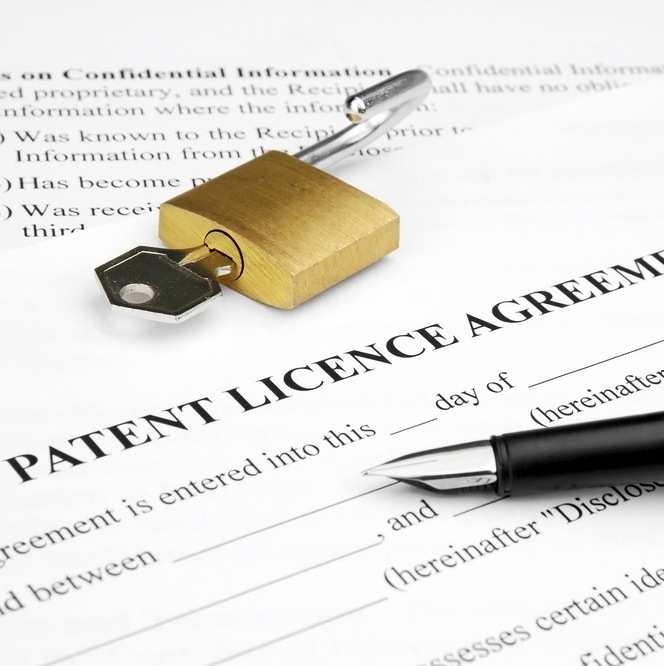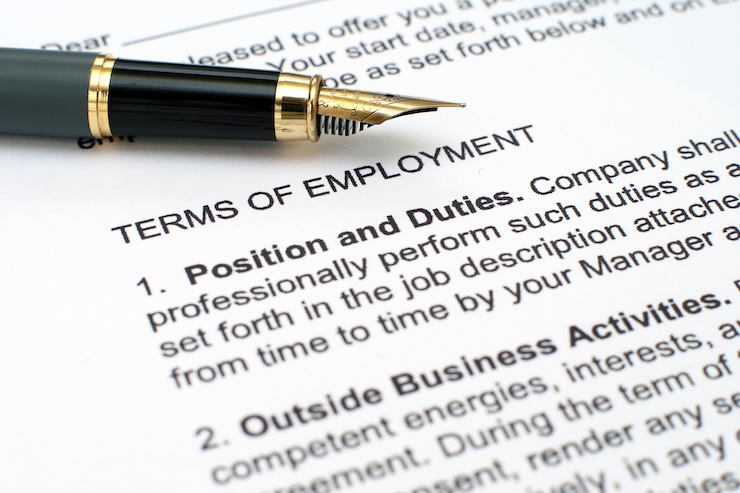Patent Box is a fantastic opportunity for UK companies to pay less corporation tax by reducing the rate to just 10 per cent on profits generated from patents or similarly protected innovations.
The regime will not just apply to patent royalties and similar license revenues, but also to the sales of complex manufactured products including just one patented component. Both existing and new patents will be included and the legislation is expected to encourage UK businesses to invest in research and development and use patents to further commercial interests. Intellectual property (IP) must be registered in the UK or Europe to qualify, and the scheme will cover worldwide income that gets taxed in the UK.
Evidence of how Patent Box will enhance the competitiveness of the UK tax system for high-tech companies came the day after the Budget when GlaxoSmithKline said that as a direct consequence of the Chancellor’s announcement, it would be investing £500 million in the development of its UK manufacturing facilities.
Benefits from the scheme are expected to bring advantages to businesses of all sizes, and the change will be phased in over a five year period. In the first year the proportion of relevant profits to which the 10 per cent rate will apply is 60 per cent and this will then increase annually to 100 per cent from April 2017.
The legislation puts in place a framework explaining how businesses can calculate the proportion of profits that are attributable to qualifying intellectual property. However, maximising the opportunity to invest in R&D and benefit from the new regime is not going to be straightforward.
The Revenue, which has been consulting on the concept of a Patent Box for the last couple of years, has identified a number of key issues that need to be considered.
Most significant amongst these are patent ownership requirements. Many companies are expected to seek to secure patents on innovations where they perhaps previously may not have bothered. This could lead to backlogs at the Patent Office. A company cannot get tax relief whilst the patent is pending but back relief will be available after it is granted, so the sooner the application is made the better.
There is a structured approach to the calculation of the claim and this will mean that it is important companies identify streams of income that arise from qualifying IP. The calculation is particularly complex for businesses simultaneously claiming R&D tax credits, and early planning will be required if maximum tax advantages are to be achieved. For companies in both UK and international groups, it may be necessary to consider how IP is held and managed within the group.
Because of these complexities and the enormous potential to benefit from the Patent Box, it is vital that companies obtain advice from their accountants and patent attorneys, and start to define strategies now to ensure returns are maximised.






